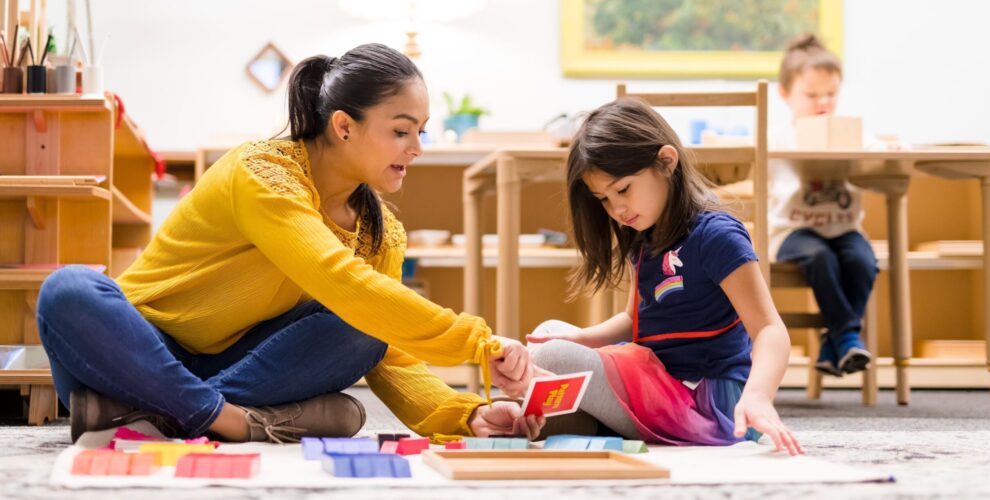When a baby starts to crawl, it is an exciting time for everyone. Parents are thrilled to see their child hit an important developmental milestone and explore the surrounding world with wonder. Unfortunately, there are many things for a curious baby to discover inside his own home that could be dangerous. It is important for parents to “baby proof” their homes so they are ready to ensure their baby’s safety the minute he sets out across the floor.
Here are a few simple solutions that make a home more safe and secure:
View the Environment from a Baby’s Perspective
To make sure there is no danger at a baby’s level, it is important for parents to get down to a baby’s level. It is a good idea for a parent to get down on hands and knees to look for any potential hazards in any area a baby may crawl.
Protect Outlets
Making sure electrical outlets are unavailable to babies and young children is important to avoid the risk of a child inserting an object into the outlets and causing electrocution. The best solution is to make sure all outlets at baby level are equipped with a sliding safety latch. Though removable plastic safety covers are popular, children may still be able to remove them and place in their mouths, creating both and electrical and choking hazard.
Furniture
Babies will immediately pull on furniture when they start to crawl. Make sure all furniture is secure and does not present the hazard of toppling over onto a baby. Lower bottom shelves should be left empty, as a baby can easily knock over items or place items into his mouth.
Safety Gates
Safety gates are a popular and effective way to block off a room, door to the outside or stairwell. When gates are used properly and fastened securely, they will prevent a baby from crawling into an area that is insecure or unsafe.
Household Toxins
It is important to keep all medications, cleaning products or potentially hazardous liquids or substances out of reach of an infant or young child. The most secure solution is to move all products that could be considered harmful to a high shelf or cabinet where it is completely out of reach for a young child.
Carbon Monoxide Detector
Carbon monoxide is a colorless, odorless and tasteless gas that can be extremely hazardous to humans when found in large quantities. Parents should make sure to have a carbon monoxide detector installed in the home and check it frequently to make sure it works properly.
Smoke Detector and Fire Plan
A working smoke alarm is essential to stay as safe as possible in the unfortunate event of a house fire. Parents should install smoke alarms in every room in the house, check them monthly to ensure proper functioning and change batteries at least once a year. Smoke alarms that use long-life (ten-year) batteries are a dependable option to consider. Parents should talk to children about the dangers of fire, create a fire evacuation plan and practice home fire drills. As an added security measure, parents should consider keeping a fire extinguisher in their home and have it serviced or checked according to the manufacturer’s instructions regularly.
Be Prepared
In the unfortunate event of an emergency, it is important for parents to be prepared to react quickly and appropriately. A list of emergency contact numbers should be fixed to a wall or left somewhere in plain view at all times. Parents should create an emergency plan that works best for their family and share it with emergency contacts and external family members.
Have you created an effective emergency plan for your family? If so, please share it here:
Sara Peronto is the Marketing Manager at Penfield Children’s Center and Editor of PenfieldBuildingBlocks.org.
“Childproofing Around the House. babycenter. September 2011. < http://www.babycenter.com/0_childproofing-around-the-house_460.bc>



Leave a Reply